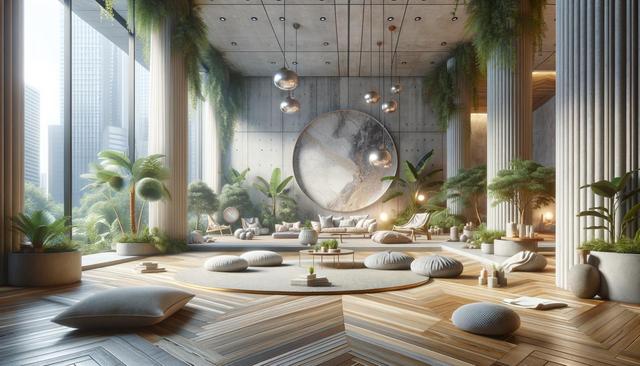Understanding Concrete Resurfacing
Concrete resurfacing involves applying a thin layer of overlay material onto existing concrete to restore its appearance and improve its function. It’s commonly used in residential, commercial, and industrial settings where concrete surfaces like driveways, patios, sidewalks, and floors show signs of wear such as cracks, discoloration, or surface imperfections. This technique allows property owners to extend the life of their concrete without undergoing the time-intensive and costly process of demolition and replacement.
The resurfacing process typically includes cleaning the old surface, repairing any damage, and then applying a resurfacing compound which can be customized in terms of color, texture, and pattern. The final result is a smooth, renewed concrete surface that can handle the same loads and environmental conditions as the original slab.
When to Consider Resurfacing
Not all concrete surfaces are suitable for resurfacing. It’s important to evaluate the condition of the existing concrete before deciding on this method. Resurfacing is ideal for concrete that is structurally sound but has cosmetic flaws or minor damage. Some signs that resurfacing may be the right option include:
- Small to moderate cracks that are not structural
- Surface discoloration or stains
- Minor pitting or rough texture
- Desire to upgrade the surface appearance
However, if the concrete has significant structural damage, severe cracking, or heaving caused by soil movement, resurfacing may only be a temporary fix. In such cases, full replacement might be more cost-effective in the long term.
Benefits of Concrete Resurfacing
Choosing to resurface concrete offers several advantages, especially when compared to tearing out and replacing the old slab. One of the key benefits is cost-efficiency. Resurfacing is generally much less expensive than full replacement, mainly because it uses the existing structure as a base. Other notable benefits include:
- Time-saving: Projects can often be completed in a day or two.
- Customization: Options for colors, patterns, and textures help match the existing decor or add a decorative touch.
- Durability: Modern resurfacing materials are designed to withstand wear, weather, and heavy use.
- Sustainability: Reduces construction waste by reusing the existing concrete base.
These advantages make resurfacing a popular choice for homeowners and building managers looking to enhance the look and integrity of their concrete surfaces without a full overhaul.
Popular Applications and Finishes
Concrete resurfacing is versatile and can be used in a wide range of applications. Some of the most common areas include driveways, pool decks, patios, garage floors, and even interior concrete floors. The materials used in resurfacing can be tinted, stamped, or textured to create various finishes, allowing for a customized look that aligns with the space’s design.
Popular resurfacing styles include:
- Stamped concrete overlays that mimic brick, stone, or tile
- Spray-down systems for a textured, slip-resistant finish
- Self-leveling overlays for smooth, modern interior floors
- Microtoppings for thin, decorative layers with subtle design elements
Whether aiming for a rustic outdoor look or a sleek industrial interior, concrete resurfacing offers a wide spectrum of aesthetic and functional possibilities.
Maintenance and Longevity
Maintaining a resurfaced concrete surface is relatively straightforward, but some care is needed to ensure its durability over time. Regular cleaning, sealing, and prompt repair of any new cracks or damage can extend the life of the resurfaced area significantly. Most resurfaced concrete, when properly maintained, can last 10 years or more depending on environmental conditions and usage.
Key maintenance tips include:
- Clean the surface regularly to remove dirt and debris
- Apply a concrete sealer every few years to protect against moisture and stains
- Avoid exposure to harsh chemicals or deicing salts
- Repair small cracks early to prevent further damage
With proper upkeep, resurfaced concrete can remain functional and attractive for many years, making it a reliable and cost-effective way to refresh aging surfaces.




Leave a Reply